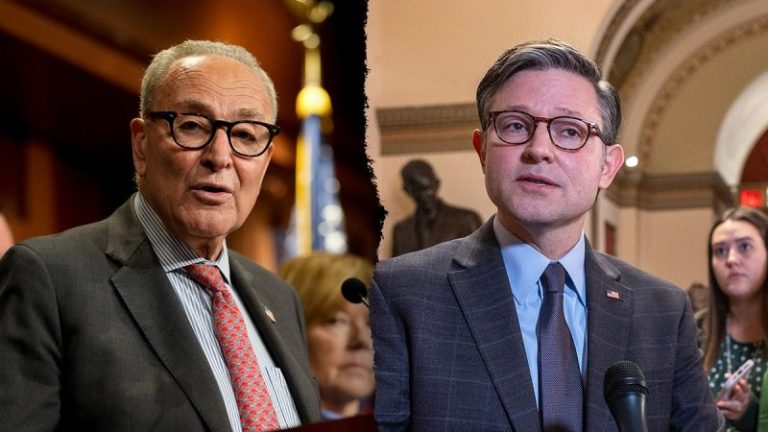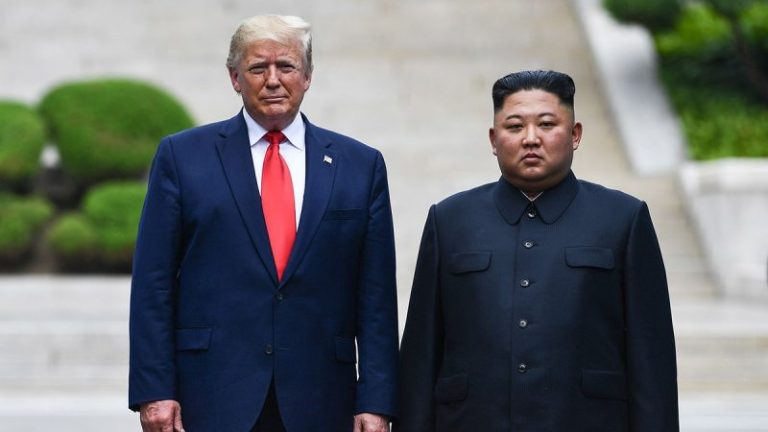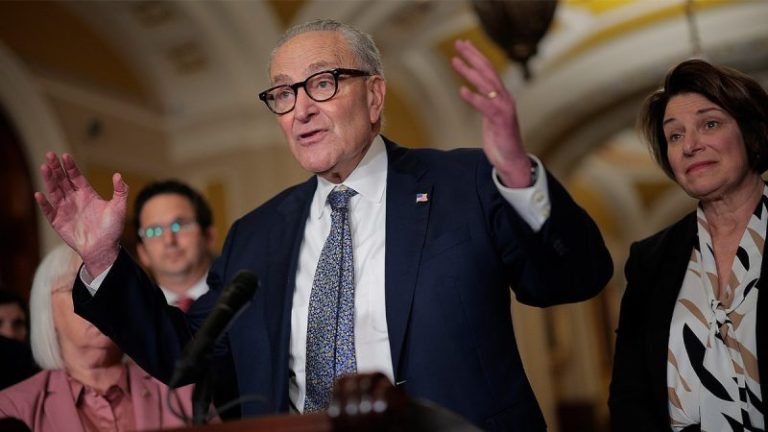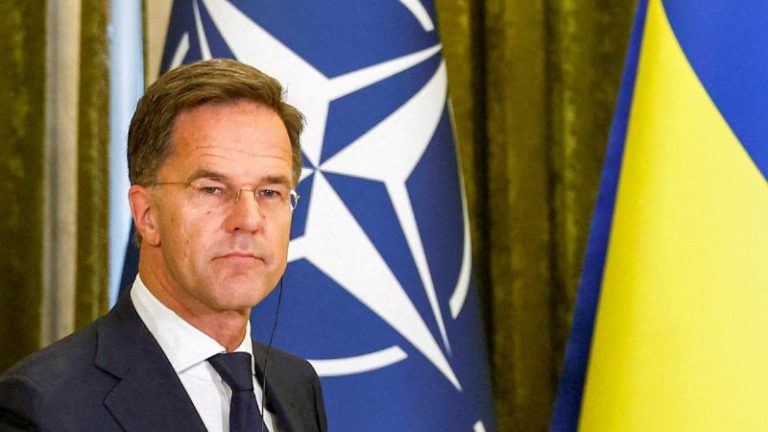Speaker Mike Johnson, R-La., is accusing Senate Minority Leader Chuck Schumer, D-N.Y., of refusing to vote to end the government shutdown in order to kowtow to his left-wing base.
Johnson told Fox News Digital in a sit-down interview that Democrats’ refusal to budge on their current position came up in an hour-long call he held with President Donald Trump on Wednesday afternoon.
‘[Trump is] very bothered by that, that Chuck Schumer would do this, Democrats would do this, because we haven’t,’ the top House Republican said.
He noted that Democrats had voted on a similar measure to what Republicans are offering on 13 different occasions under former President Joe Biden.
‘And even when the Republicans were in the minority, we did the right thing to keep the government open. And we fully expected that Schumer would do that again, as he always has, but not this time,’ Johnson said.
‘This is a selfish political calculation he’s made, that he’s got to prove to the far left that he’s going to fight Trump or something. So we talked about our frustration with that.’
He said Trump appeared ‘happy’ that Republicans remain unified in their federal funding stance but was concerned about the effects of a prolonged shutdown on everyday Americans.
‘But the reason we’re happy about that is because we know we’re doing the right thing for the American people,’ Johnson said. ‘And Chuck Schumer and the Democrats are demonstrating that they are willing to inflict this pain upon the people for their own political purposes. And I think that is a tough thing for them to get over.’
He said of a meeting between congressional leaders and Trump that occurred on Monday, ‘I tried my best in the White House, and he just is in no mood to have a real discussion about these issues. So we are where we are.’
Senate Democrats have now rejected a GOP-led plan to fund federal agencies through Nov. 21 three times.
The measure is called a continuing resolution (CR) and is aimed at buying House and Senate negotiators more time to reach a deal on fiscal year (FY) 2026 federal funding priorities.
The CR would keep current federal funding levels roughly flat while adding an extra $88 million in security spending for lawmakers, the White House, and the judicial branch.
Democrats, furious at being largely sidelined in funding discussions, have signaled they would not accept any bill that does not also extend Obamacare tax subsidies that were enhanced during the COVID-19 pandemic. Those enhanced subsidies are due to expire at the end of this year.
But Johnson, who called the Obamacare subsidies an ‘end-of-year issue,’ argued that the bill was a simple extension of federal funding, leaving Republicans with no realistic path for concessions.
‘If it was not clean and simple, if I had loaded it up with a bunch of Republican partisan priorities, then there would be something for us to negotiate. I could take those things off and offer it again. I sent it over with nothing attached at all,’ he said.
‘It quite literally is just buying us time to finish the appropriations process, which was being done in a bipartisan manner. So I don’t have anything to give, there’s nothing I can give. And Chuck Schumer has made such outrageous counter-demands and proposals that he’s the one that has to come to his senses.’
He was referring to Democrats’ counter-proposal for a CR, which would have repealed the Medicaid reforms made in Republicans’ One Big, Beautiful Bill, while restoring funding for NPR and PBS that was cut by the Trump administration earlier this year.
Fox News Digital reached out to Schumer’s office for a response but did not hear back by press time.










